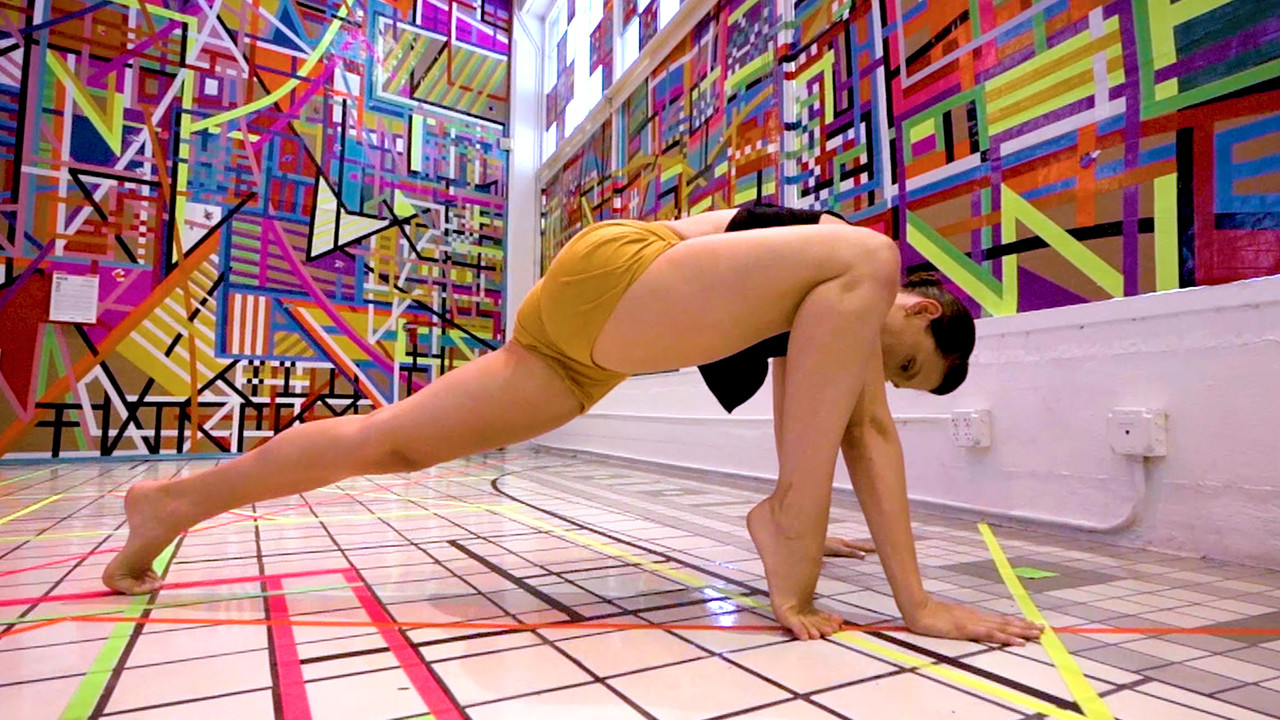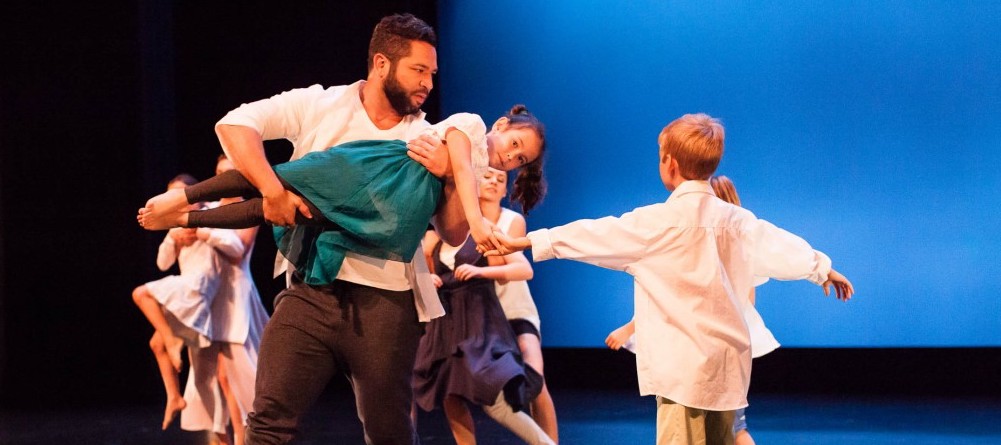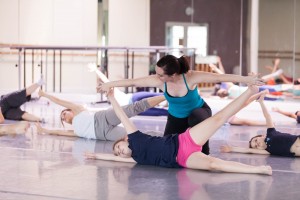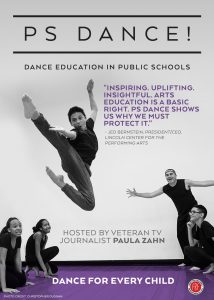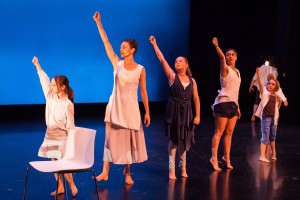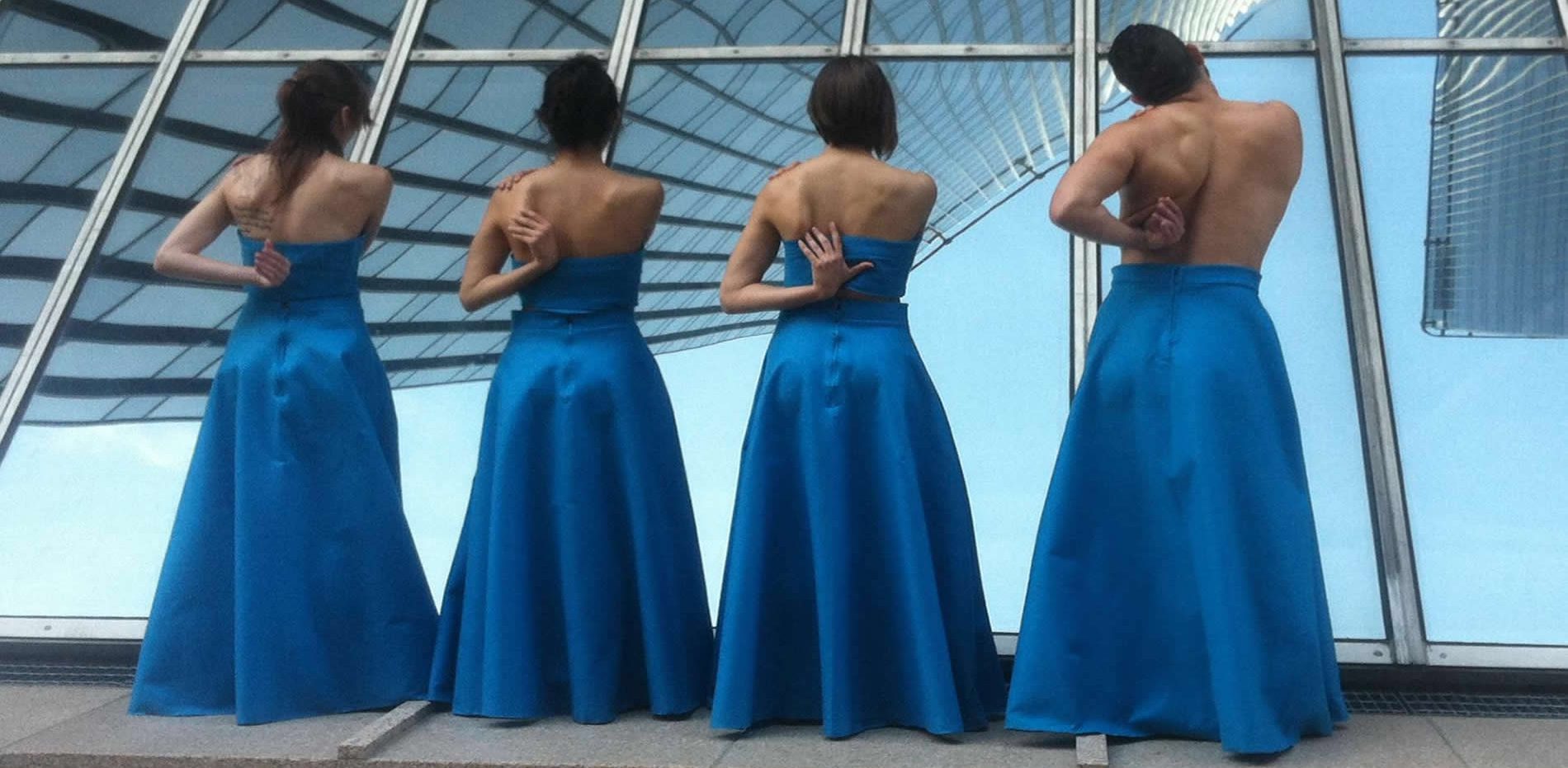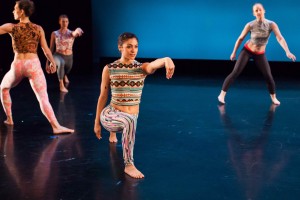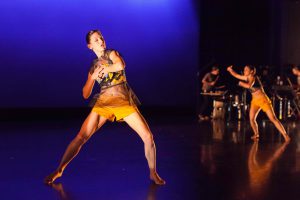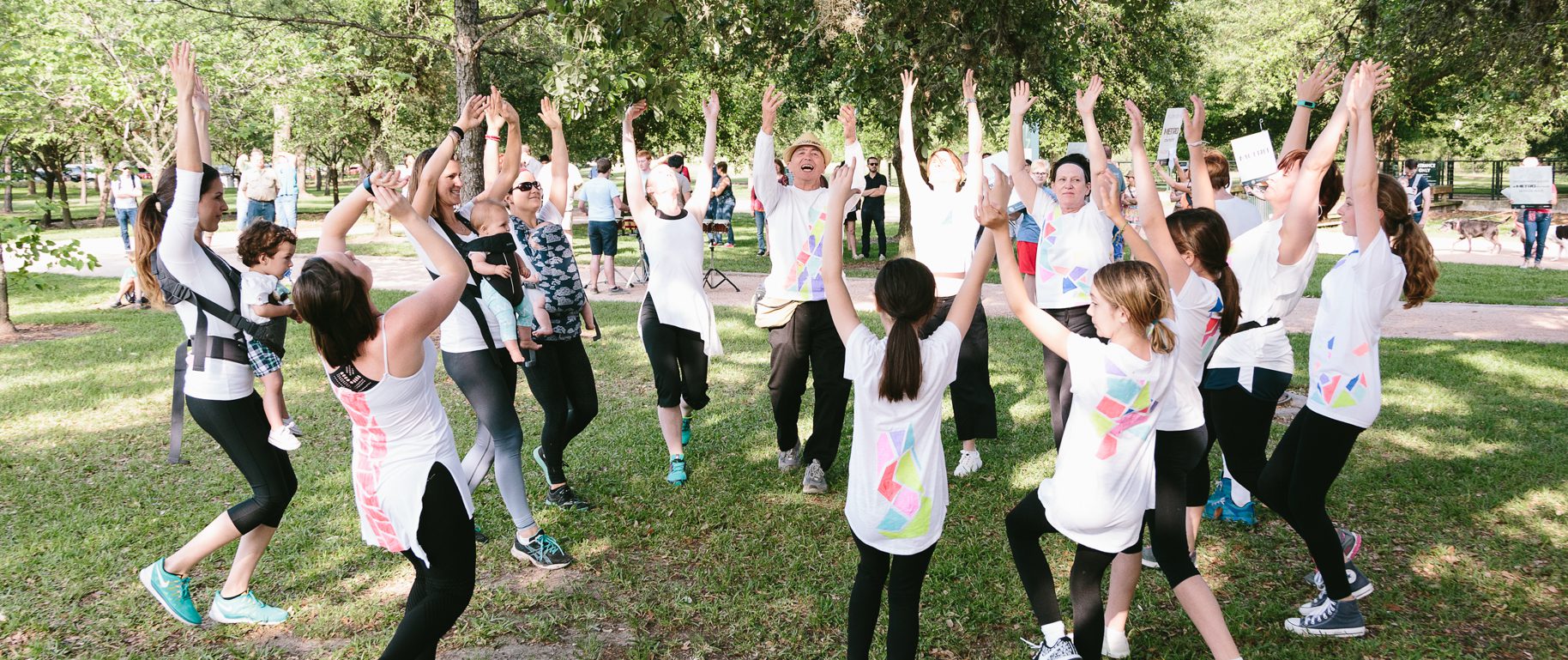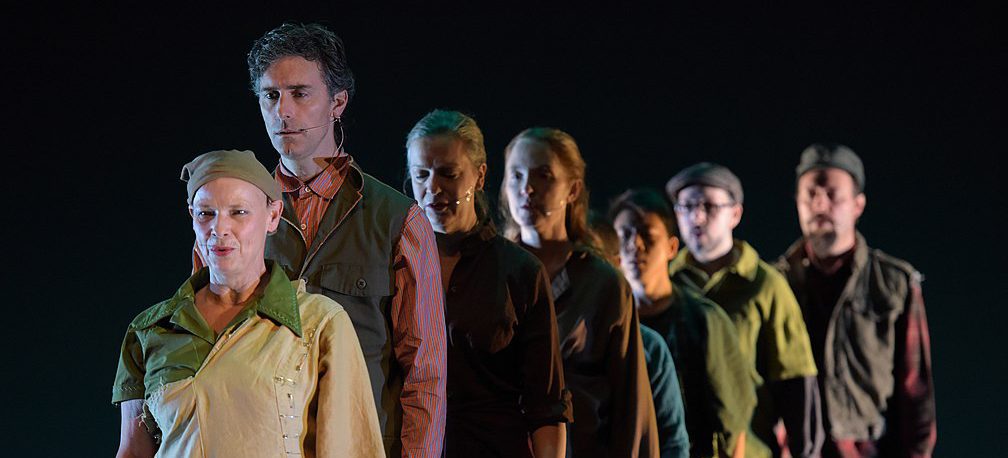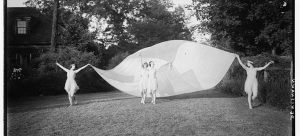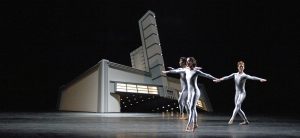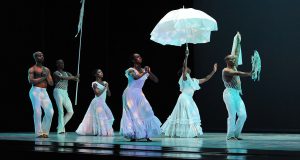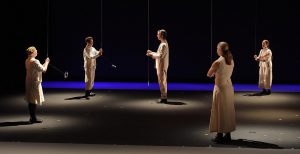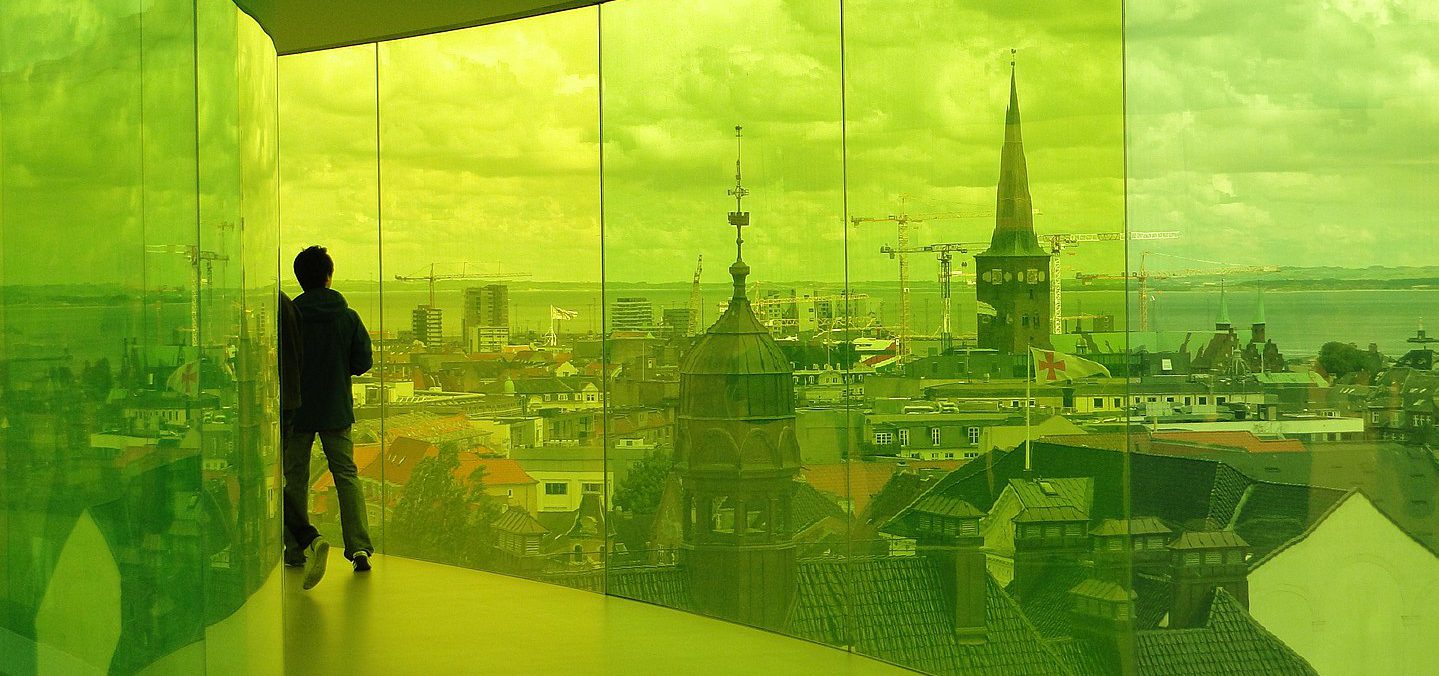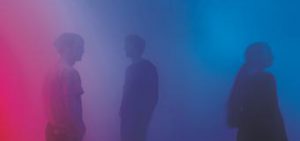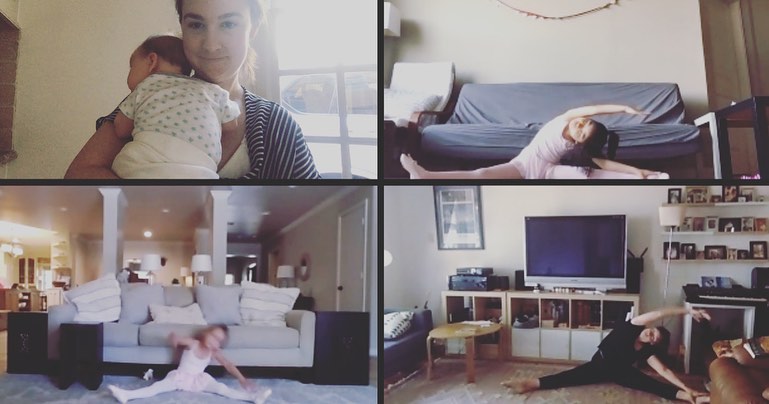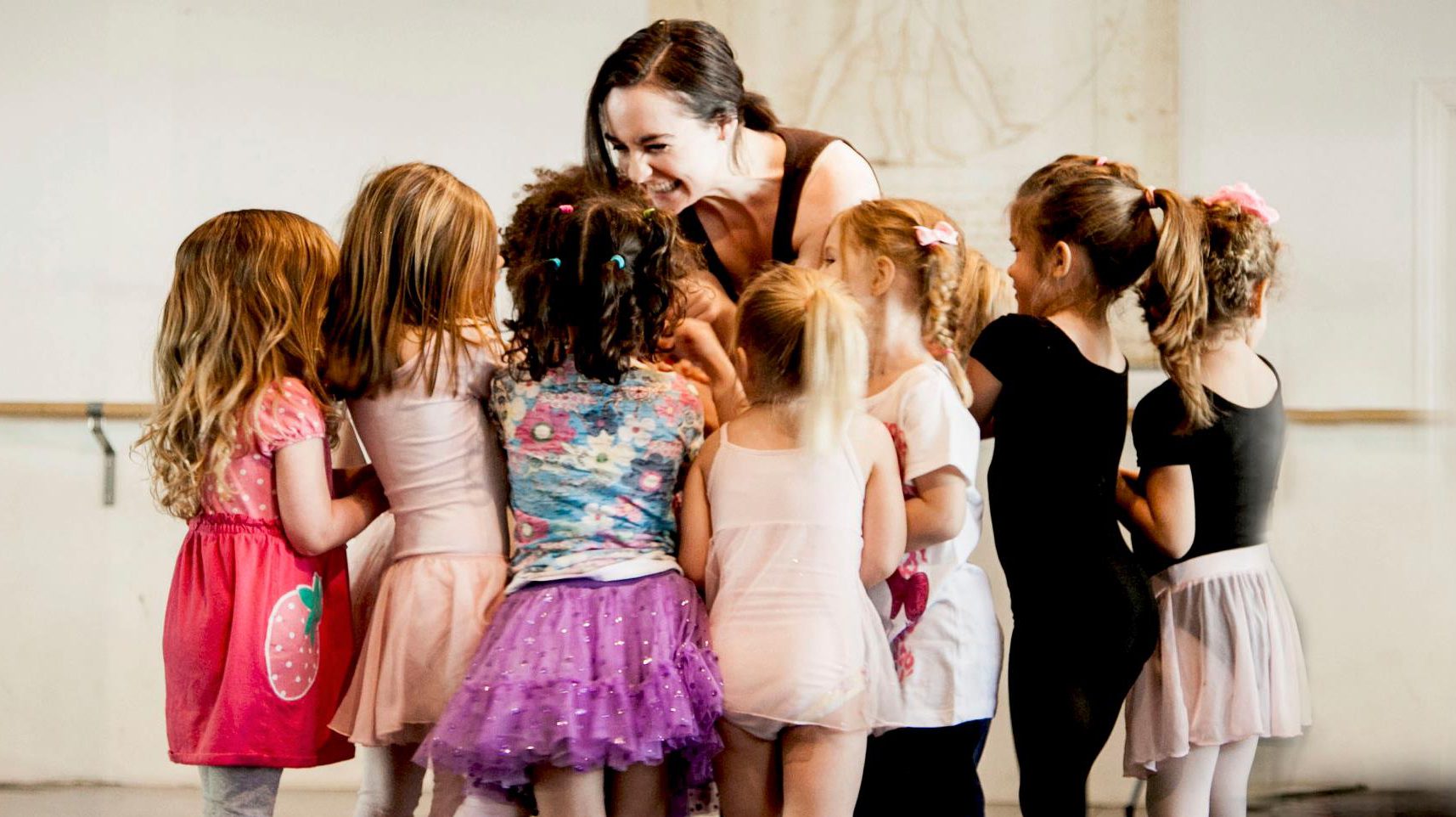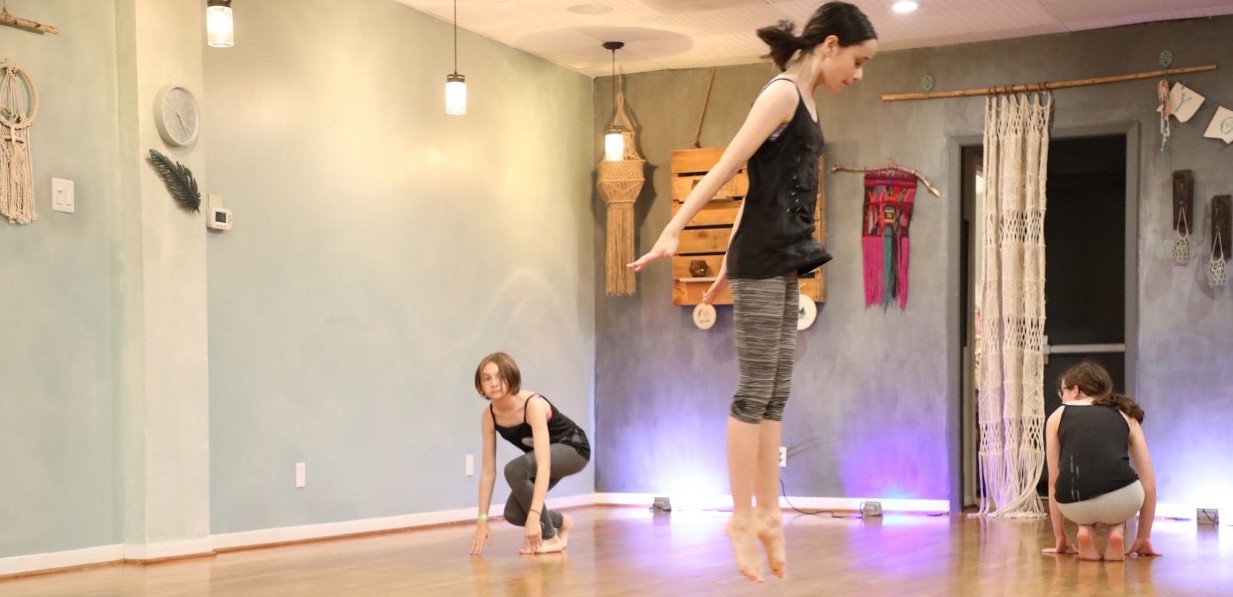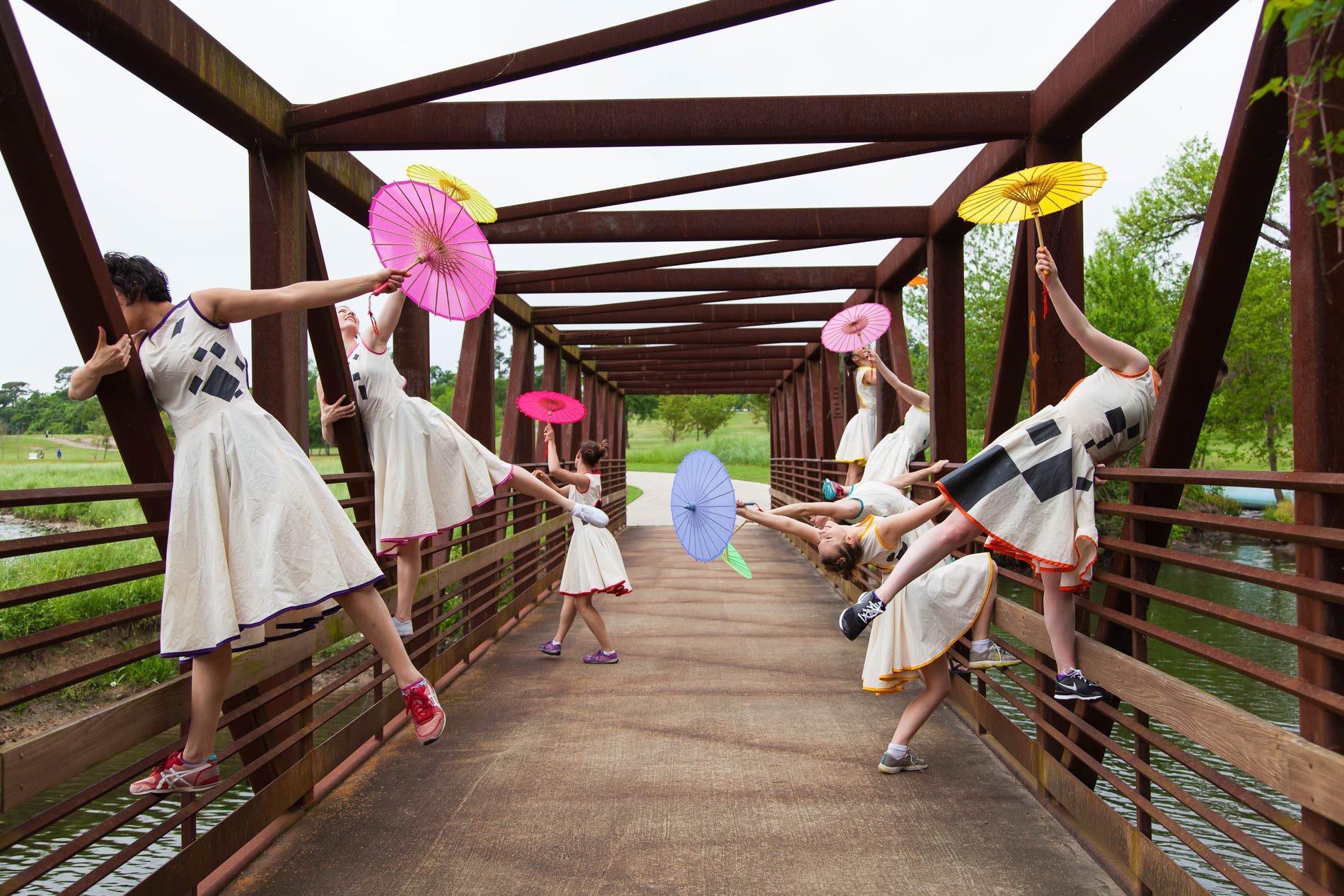Frame Dance Production’s expertise in screen dance has been an asset in these virtual times, but I decided early on that I didn’t want to make Frame x Frame an at-home virtual festival. No way. There’s enough of that. (And that’s great!) Our partnership with Houston Ballet allowed us to create a Drive-In festival and to offer safe, in-person/in-car screenings for five weekends. That’s fifteen events. In COVID times. Over fifty dance filmmakers from Houston, the US and all over the world—China, France, French Polynesia, Australia, England, Belgium, Canada, and more had dance projected in the most glorious resolution in the middle of downtown all Fall. In regular times our festival is one weekend. Growth.
While some of what we do at Frame Dance has gone quiet (I MISS creating live performance and I MISS being in the room with our professional artists), restrictions have allowed us to push in new directions and we have found even more fullness in our mission. Moving our dance classes outside has been the most nourishing and quintessentially Frame Dance change we could have made at this time. And it’s something we are keeping after we’re all vaccinated and back in the studio.
The dance teacher in me says, “locomotive movement! You have your entire body to find new choices. Travel!”
Lydia Hance
Thinking about making your own dance for camera? Education Director Kerri Lyons Neimeyer compiled the following resources and considerations for novice dancer-filmmakers and dance-film viewers.
We are going to be so ready for FxFFF 2021.
Made for Kids and Used-to-be Kids
What: New York International Children’s Film Festival Free Films, dir. various
Where: NYICFF website, https://nyicff.org/now-playing/
Why: Most of these films are animated, but they show you how much story you can tell in 2 minutes. A lot, by the way. You can say a lot in 2 minutes if you plan your film well. Even the De La Soul music video packs a huge amount of story, environment, and filming techniques into 2 minutes.
Many of the films in this festival are also wordless, which is an approach worth consideration; let the light, sound, and movement tell the story. I recommend Uka by Valle Comba Canales for the use of color and black-and-white. Mr Night Has a Day Off by Ignas Meilunas has lots of little surprises and “magical” changes that you can use in your filmmaking. One of my favorite techniques is in A Small Escape by David Sandell where the camera shot goes through the scissor handle, and then again when the viewer is looking through the scissor handles as if seeing through the scissor’s eyes. Looking through something, or creating a literal, physical frame around the action acts as a powerful symbol. All three of these films are wordless and under 3 minutes long.
Watch for: Listen for: sound effects and use of music. How do these elements support the action?
Warning: Some of the films on this site have a paywall. Most, though, are free, as indicated by the green arrow that says “Free.”
Biographic
What: Move
Where: Netflix
Why: Each episode follows one dancer/choreographer representing styles and locations as diverse as Isreali Gah Gah, Jamaican dancehall, Basque flamenco, and American street dance. Because each episode focuses on one dancer at a time, you can look at it as a portrait, investigating the identity of that person through their relationship to dance. Besides being good – if lengthy – portraits of dancers, the filming in this series is very screen dance-y. The camera is just as much a tool of art as is the dancer’s body. There were times when I wanted to see more of the full bodies and the choreography, but I realized that the camera and the editing were done not to show the viewer a dance, but to tell the story of that dancer and that dance and the world that they come from and move in.
Watch for: Camera angles, use of light, slow motion, close-up shots and gestures.
Warning: The Jamaican dancehall episode, “Featuring Kimiko Versatile,” may not be appropriate for young viewers due to the sexual character of the dances and the open use of marijuana in the culture.
For the Modern/Contemporary Dance-Curious
What: Body Talk Series, dir. Magali Charrier
Where: YouTube channel of The Place, a contemporary dance center (or centre) in London.
Planet Dance: Body Talk – Part 3
Why: Haven’t we all heard from someone that they “don’t get” modern dance? The ideas and words of Sanjay Roy are a gentle entrance into the mind of a dance viewer, explaining phenomena like mirror neurons working in the service of art. Do you need to “get” dance? Is trying to understand dance even the best way to approach it as a viewer?
Watch for: Tools that the modern dance-curious or even the downright modern dance-resistant can pick up and take to the next performance, including performances on screen.
What: Mitchell Rose Films
Where: His YouTube channel, https://www.youtube.com/user/Mitchla/videos
Why: Because he is a master of dance for film. Because he has a sense of humor. Because his friends and collaborators are a who’s who of contemporary dance choreography.
I specifically recommend And So Say All of Us and its predecessor Exquisite Corps. They both use the same format to connect dancers and choreography across space and are fun and accessible.
Watch for: The dancers choices, again, especially the location each has chosen and how they use that space.
Warning: I’ve only watched a few of the films on this channel, so I can’t vouch for them all in terms of appropriate content for general viewing. I can vouch for the two recommended above.
Innovations – Films with technical flair
What: Punto & Linea, dir. Tania Reza
Where: https://vimeo.com/89965413
Why: Coming in just under 4 minutes, this film was included in several international film festivals. Nonetheless, most of the elements of this film – location, costume, camera work, spoken word – are available to the novice dance for film maker.
Watch for: Lighting, camera angles, camera placement, how bodies and parts of bodies are presented in different shots.
Warning: En Español, en caso de que no lo hables.
What: Rosie Trump’s SCORE CARDS Project
Where: Rosie’s website, https://www.rosietrump.org/score-cards
Why: Rosie is a choreographer, a screen dance filmmaker, educator, Associate Professor of Dance at University of Nevada at Reno, and founder and curator of Third Coast Dance Film Festival. This is a project she made for dancer/filmmakers during quarantine and it is very open-ended assignment. The films are all under 3 minutes long, and they use a huge variety of approaches to filming. Some version of all these approaches is available to the beginning filmmaker: projection, horizontal vs vertical framing, stop-motion, dancing with props, split screen, speed changes, putting text on your images, and using “found” sounds.
Watch for: How did the dancer fulfill the direction on his or her score card (which is posted beside the film)? Look for the choices they made in terms of time (slow, normal, fast, linear, nonlinear), light and color, location and backgrounds, sound, choreography, and camerawork. Whose decisions did you find most effective? Most interesting?
Warning: Be aware that this project is ongoing, and films will continue to be added.

